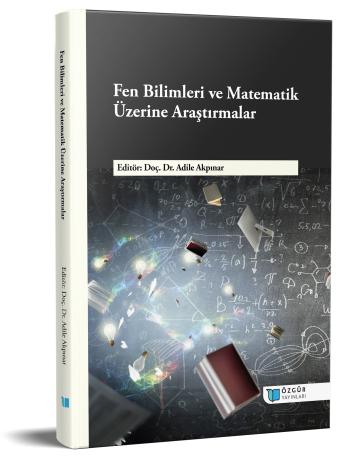
An Overview of Palladium-Catalysed Direct Arylation of Aromatic Compounds
Chapter from the book:
Akpınar,
A.
(ed.)
2024.
Research on Science and Mathematics.
Synopsis
Aromatic compounds are important building blocks of biologically active substances, functional materials and commercially important chemicals used in materials science. Due to the industrial importance of aromatic compounds, the synthesis and functionalisation of such compounds is an important research topic in synthetic chemistry. Transition metal-catalysed C-C cross-coupling reactions provide an efficient and practical method for the synthesis of most aromatic compounds of industrial importance. Over the past 40 years, transition metal-catalysed C-C cross-coupling reactions have been extensively used in the synthesis of aromatic compounds and have become one of the most important synthetic applications of modern chemistry. However, recently, the direct arylation of aromatic compounds by C(sp2)-H bond activation offers a more environmentally and economically attractive method compared to classical transition metal-catalysed C-C cross-coupling reactions. Therefore, the direct arylation method offers an important alternative to classical transition metal-catalysed C-C cross-coupling reactions for the arylation of aromatic compounds.
In this chapter, the palladium-catalysed direct arylation of aromatic compounds by C(sp2)-H bond activation and recent developments in this field are summarised in an overview.

